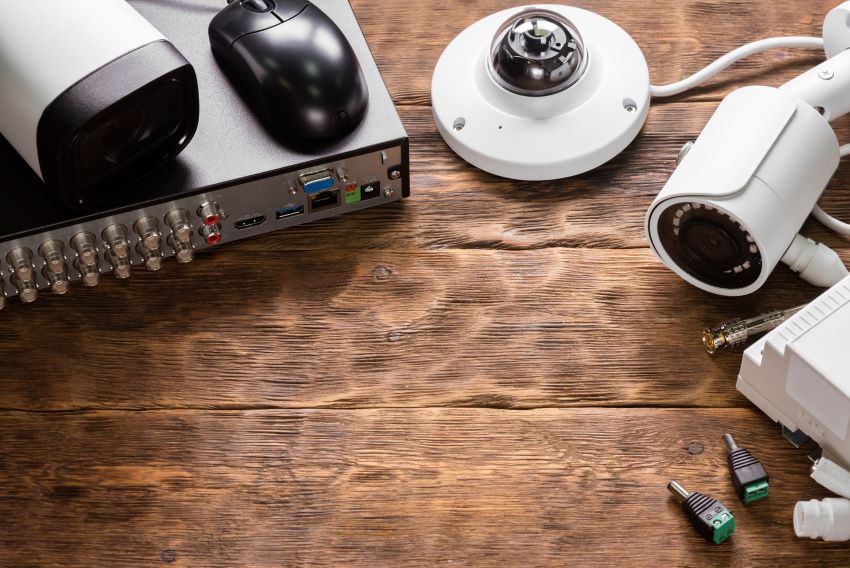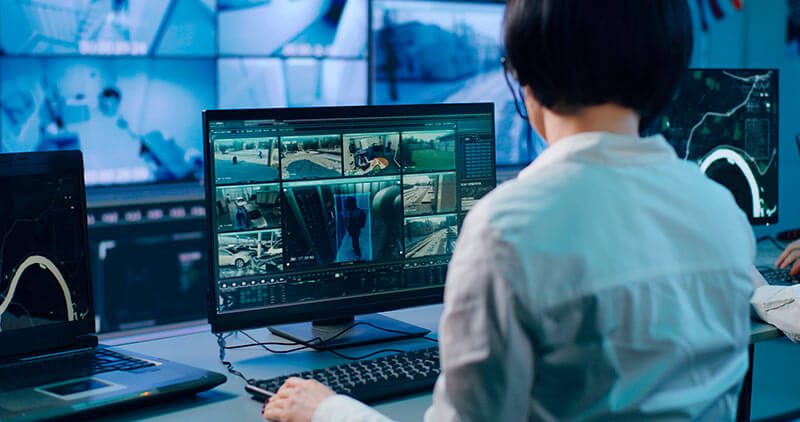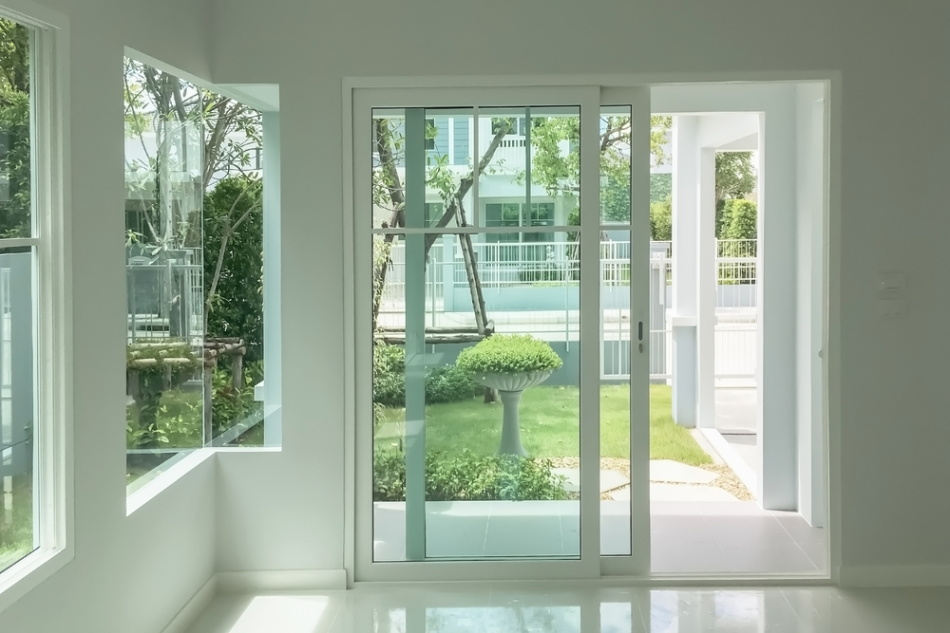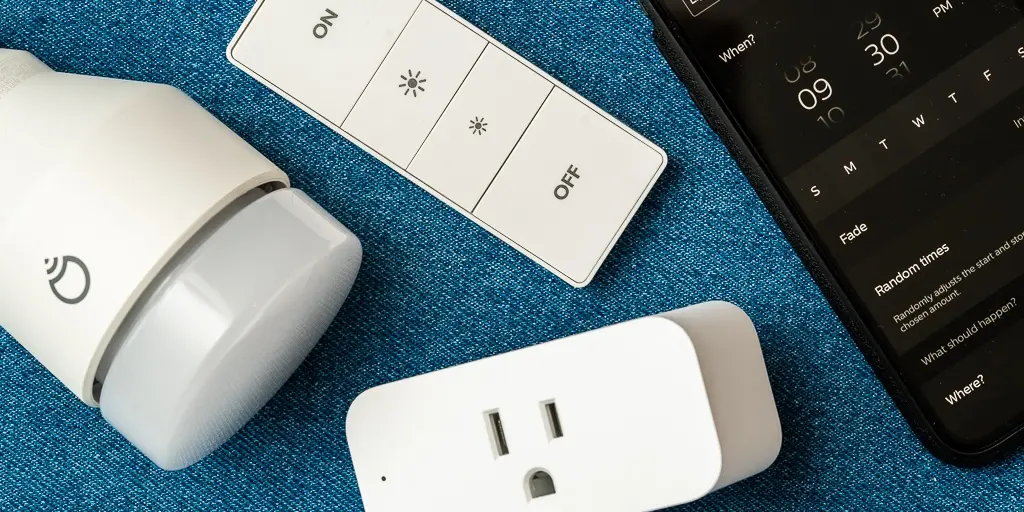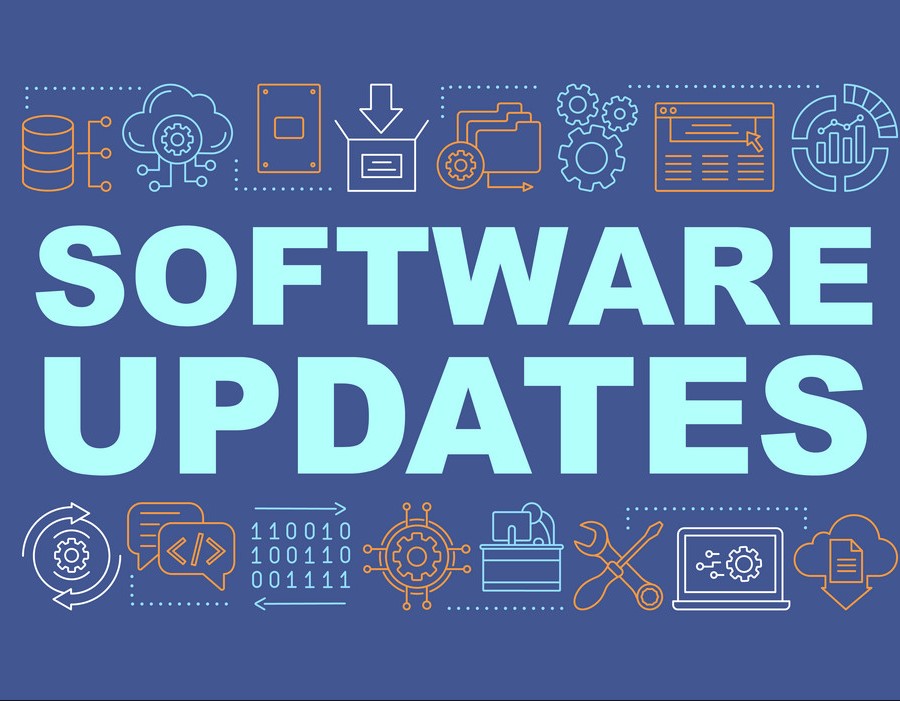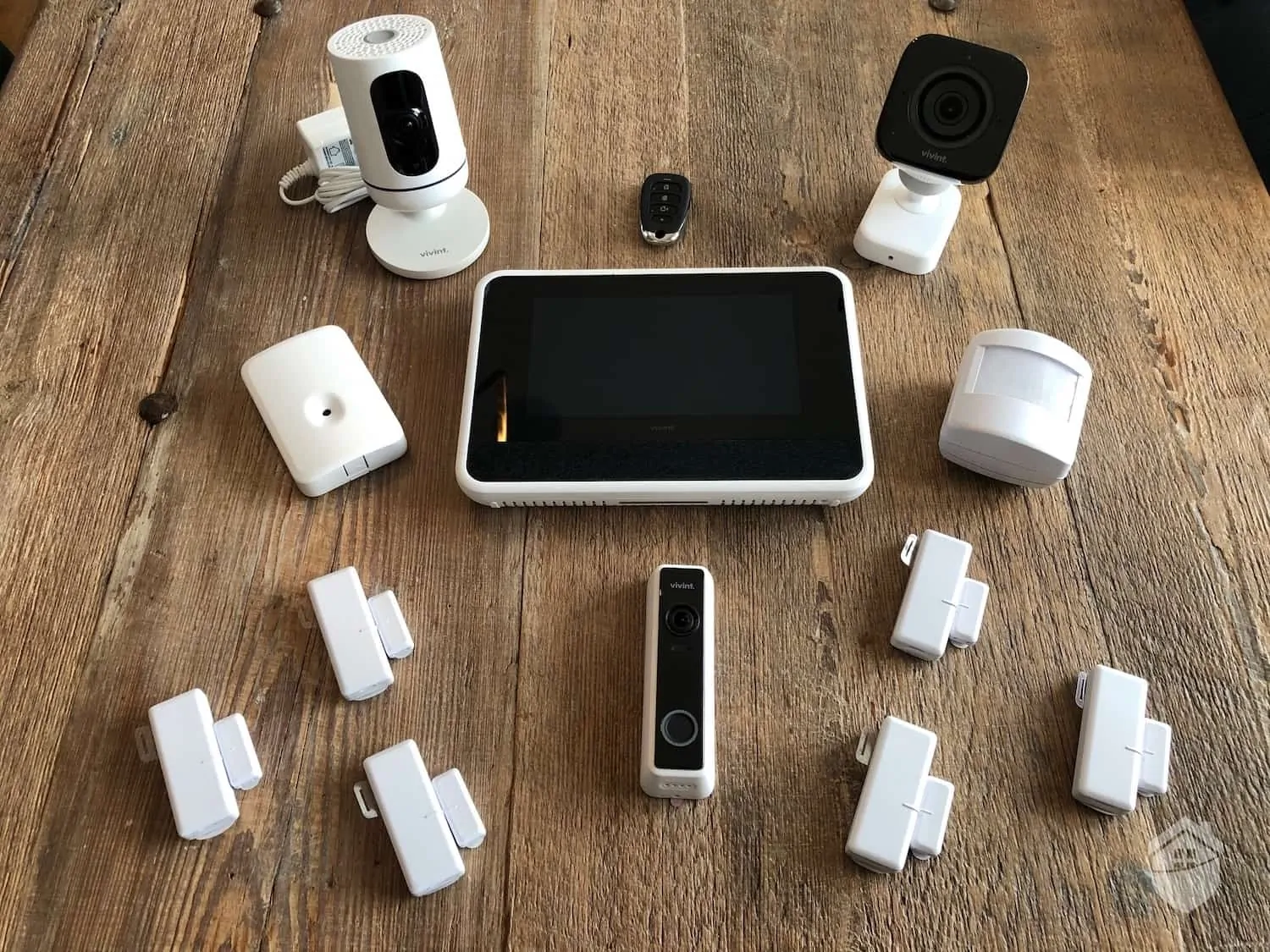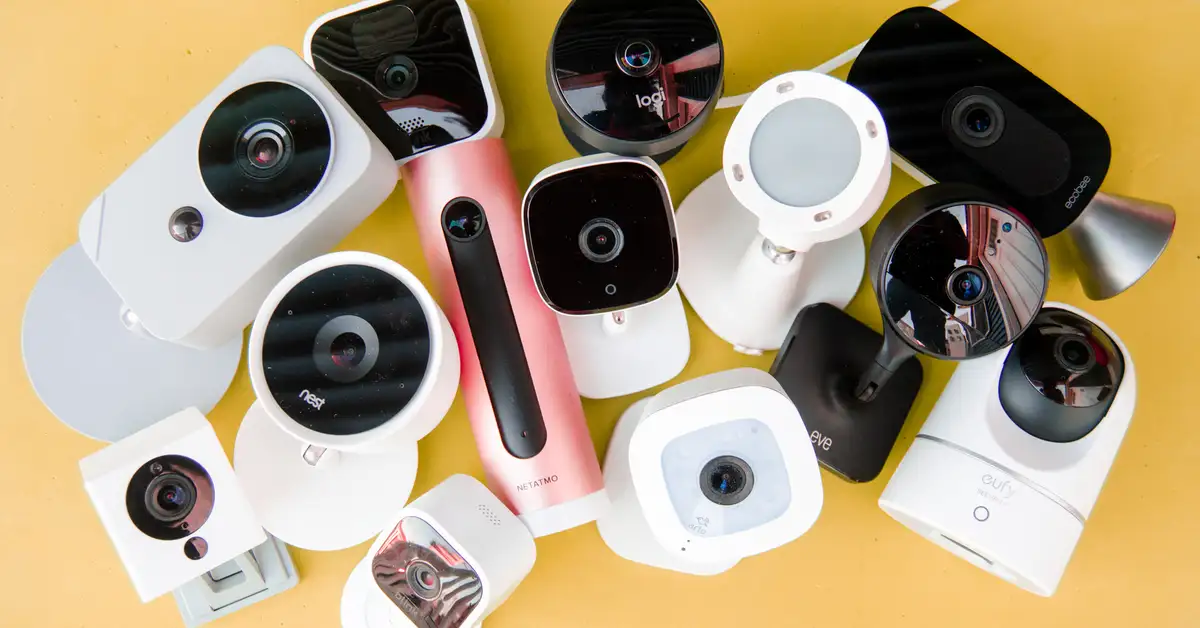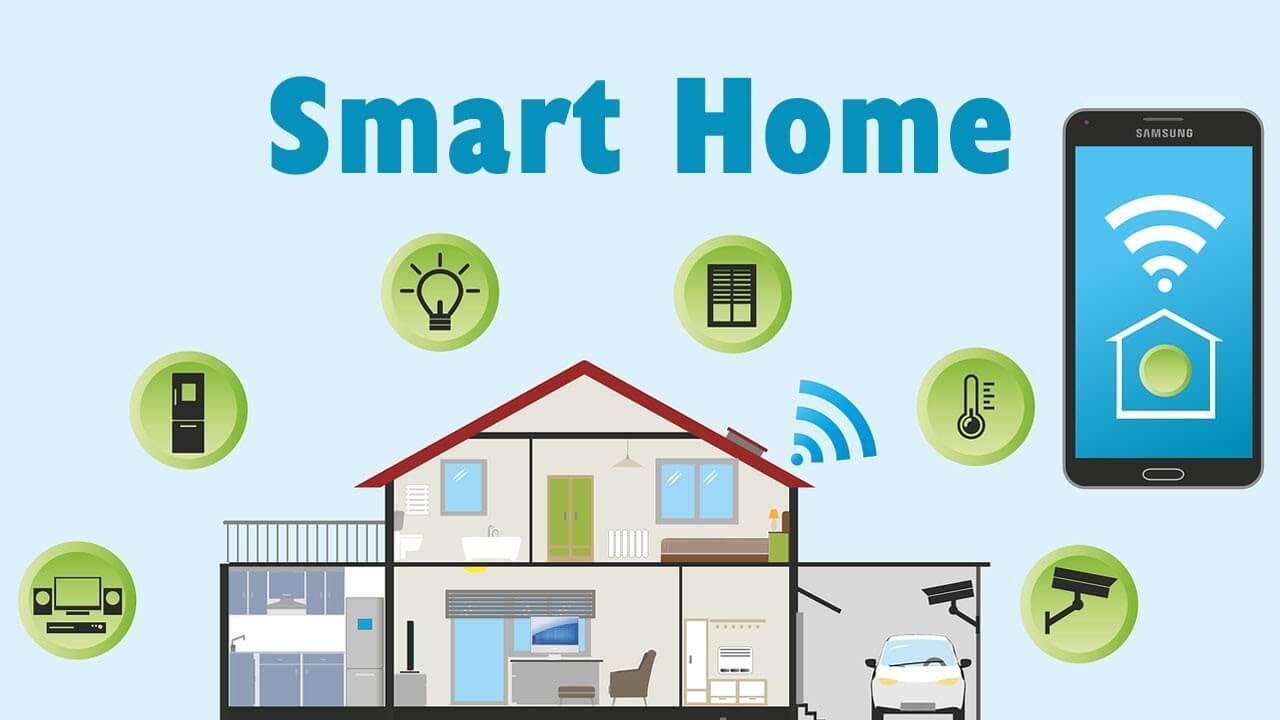Contents
- 1 Understanding Security Cameras
- 2 Risks Associated with Security Cameras
- 3 Tips for Protecting Your Privacy and Data from Security Cameras
- 3.1 Use Strong Passwords for Your Devices that Control or Access Your Security Cameras
- 3.2 Regularly Update Your Software to Ensure That You Have the Latest Security Patches
- 3.3 Consider Disabling Remote Access To Your Camera If You Don’t Need It
- 3.4 Ensure That Your Camera is Set Up Correctly, So It Doesn’t Capture Anything Outside Its Intended Area
- 4 Advanced Techniques for Privacy Protection
- 5 Conclusion
In today’s world, privacy and data protection have become increasingly important. With the rise of technology and the internet, we are constantly being monitored, both knowingly and unknowingly.
One of the most common ways that our privacy can be compromised is through security cameras. While security cameras have their benefits, they also pose a risk to our privacy and personal data.
It’s crucial to understand how security cameras work and how they can be used against us. They are designed to capture video footage of an area with the intent of deterring crime or capturing evidence in case a crime occurs.
This means that anyone within view of a security camera is potentially being recorded without their consent or knowledge. The use of security cameras has become ubiquitous in today’s society, from businesses to private homes.
While this can provide a sense of security for property owners, it also opens up opportunities for individuals with malicious intent to exploit these devices for their own gain. Given these risks, it’s important to take steps to protect your privacy and data when using security cameras.
In this article, we’ll discuss some tips on how you can safeguard yourself from potential threats posed by these devices. From basic safety measures such as setting strong passwords and updating software regularly to more advanced techniques like installing physical barriers or using anti-glare film on windows, we’ll cover everything you need to know about protecting your privacy from security cameras.
Understanding Security Cameras
Security cameras have become ubiquitous in modern society, appearing in a variety of settings such as homes, businesses, and public places. These devices are designed to capture images or video of people and events for the purpose of security and surveillance.
At their core, security cameras work by capturing light that is reflected off objects and converting it into an electrical signal that can be stored or transmitted. They typically use lenses to focus the light onto an image sensor, which captures the image or video.
The captured data is then either stored locally on the camera’s memory card or transmitted over a network to a remote location where it can be accessed by authorized personnel. There are several reasons why security cameras are used.
For example, they can help deter potential criminals from committing crimes because they know they’re being watched. Additionally, these cameras can provide valuable evidence in case a crime does occur.
Moreover, businesses often use them to monitor employee productivity or prevent theft. Security cameras are also essential for public safety since they allow law enforcement officials to gather information in real-time regarding criminal activity as well as respond quickly to emergency situations.
Different Types of Security Cameras and Their Features
There are many different types of security cameras available on the market today with varying features and capabilities. Here’s an overview of some popular types: – Dome Cameras: These are typically mounted on ceilings and have a wide-angle lens that provides 360-degree coverage.
– Bullet Cameras: These are cylindrical shaped with a long lens – ideal for outdoor surveillance since they have weather-resistant housing. – Hidden Cameras: Designed to be concealed within objects like clocks or smoke detectors; these types of cameras capture footage discreetly without being visible.
– PTZ (Pan-Tilt-Zoom) Cameras: They offer remote control functionality that allows you to pan and tilt your camera’s view along with zooming in/out ability. Some cameras come with additional features such as infrared sensors that detect movement in the dark, which is useful for nighttime surveillance.
Others have facial recognition technology that can identify individuals using advanced algorithms. It’s important to choose a camera that meets your specific needs and provides the necessary features for your intended use case.
Risks Associated with Security Cameras
Security cameras are a ubiquitous part of modern-day life. We see them everywhere, from stores to streets, from offices to homes. While they have brought many benefits, including crime prevention and evidence collection, they also come with risks that cannot be ignored.
In this section, we will discuss some of the potential risks associated with security cameras and the real-life incidents where they were used to compromise privacy and data. One significant risk associated with security cameras is their potential to invade our privacy.
Security cameras can capture images and videos of us without our knowledge or consent, leading to a violation of our fundamental right to privacy. For example, a security camera installed in a changing room or bathroom can record intimate moments that nobody else should see.
Moreover, it can be challenging for people not familiar with technology to identify these devices if they are hidden in an unobtrusive spot. Another risk associated with security cameras is data breaches.
When we install a security camera system at home or work, we create streams of data that contain sensitive information about ourselves or our businesses. This data can include footage from inside your house or office, which may reveal confidential conversations or business plans.
If this information falls into the wrong hands through hacking or other means, it could have dire consequences. Sadly there have been many instances where security cameras were used for malicious purposes resulting in invasion of privacy and data thefts which has caused serious harm in people’s lives both personal and professional.
One such notorious instance occurred when Target was hacked back in 2013 involving 41 million credit card numbers being compromised along with contact details from 60 million customers being leaked out due to their surveillance systems being hacked into by cybercriminals. In another incident in 2016 , Peeping Tom used hacked surveillance footage obtained illegally via webcams situated inside student dorm rooms across multiple colleges throughout USA which resulted in him blackmailing over a dozen female students.
Overall, while security cameras can be useful in preventing crime and improving safety, they bring with them considerable risks that need attention. The potential risk of privacy invasion and data breaches is something we should all be aware of to ensure our personal and business privacy is not put at risk.
Tips for Protecting Your Privacy and Data from Security Cameras
Use Strong Passwords for Your Devices that Control or Access Your Security Cameras
The first step in protecting your privacy and data from security cameras is to use strong passwords for your devices that control or access them. Weak passwords are easy targets for hackers and can lead to unauthorized access to your cameras, putting your privacy at risk.
Instead, use a long and complicated password that includes a mix of upper and lower case letters, numbers, and symbols. Avoid using common words or phrases that can be easily guessed.
It’s also essential to avoid reusing the same password across different devices or accounts since doing so increases the likelihood of one compromised account leading to others being compromised as well. Consider using a password manager like LastPass or DashLane to manage your passwords securely.
Regularly Update Your Software to Ensure That You Have the Latest Security Patches
Regularly updating the software on your security cameras is another critical step in keeping them secure. These updates often include security patches that fix vulnerabilities that could allow unauthorized access or data breaches. Failing to update your camera’s software leaves you exposed to known threats.
Most modern security cameras come with automatic software updates enabled by default, but it’s essential to check if they’ve been updated regularly manually. If you have an older camera model without automatic updates, ensure you’re aware of any updates available for download from the manufacturer’s website.
Consider Disabling Remote Access To Your Camera If You Don’t Need It
Remote access feature allows you to view footage from anywhere in real-time through an app on your mobile device. While this feature may sound convenient, it also introduces another point of vulnerability into your network; malicious actors could exploit this feature if left unmonitored.
If you don’t need remote access for routine operations, consider disabling it entirely. You can also restrict remote access to only trusted devices by setting up a whitelist that specifies which devices can connect remotely.
Ensure That Your Camera is Set Up Correctly, So It Doesn’t Capture Anything Outside Its Intended Area
Ensure that your security camera is set up correctly so it doesn’t capture anything outside its intended area. For example, if you’ve installed a camera to monitor the front door of your home, make sure it’s positioned in such a way that it doesn’t capture the street or neighbor’s property.
You can use the camera’s field of view settings to adjust what it captures and narrow down its focus. Some cameras come equipped with motion detection sensors that allow you to receive alerts when movement is detected within a specified area.
Adjusting these settings will ensure your camera captures only what you want it to, minimizing the amount of data at risk if an intrusion occurs. By following these tips and setting up your security cameras correctly, you can protect your privacy and data from potential breaches or misuse by unauthorized persons.
Advanced Techniques for Privacy Protection
Installing Physical Barriers
One of the easiest and most effective ways to block a security camera’s view is by installing physical barriers. This could be as simple as closing the blinds or curtains in your home or office.
If you’re looking for something more permanent, you may consider installing frosted glass or window film on windows that are within view of a camera. This option will obscure the view of the camera while still allowing natural light to enter your space.
Another option is to install physical barriers like walls, hedges, or fences between the camera and your property. Not only will this prevent cameras from capturing images of your private life, but it also adds an extra layer of security to keep unwanted intruders off your property.
Using Anti-Glare Film
Another advanced technique for protecting your privacy from security cameras is to use anti-glare film on windows that are within view of a camera. This type of film has a special coating that reduces glare and reflections, making it difficult for cameras to capture clear images through the glass.
Anti-glare film comes in different levels of darkness and transparency so you can choose one that fits your specific needs. The darker films offer more privacy but also reduce natural light coming into your space.
Investing in Specialized Technology
Investing in specialized technology like infrared lights or motion sensors can help protect your privacy from security cameras. Infrared lights emit light that is invisible to human eyes but will illuminate areas within range of a camera’s lens. This causes overexposure in captured images rendering them unusable.
Motion sensors detect movement and activate alarms that alert you when someone is approaching near where cameras are installed or entering restricted areas where they’re not allowed. These specialized technologies not only protect against security threats; they also provide peace-of-mind knowing your privacy is safe and secure.
Conclusion
There are several advanced techniques for protecting your privacy from security cameras, including installing physical barriers, using anti-glare film on windows, and investing in specialized technology. While these methods may require additional investment, they are well worth the cost to safeguard personal information and protect your private life. By implementing these strategies, you can take control of your security and enjoy a more relaxed lifestyle free from unwanted intrusion.
Conclusion
In today’s world, security cameras are nearly ubiquitous. While they may provide a sense of safety and security, they also pose a considerable risk to privacy and data protection.
Fortunately, there are several steps you can take to safeguard your privacy and secure your data against potential threats from security cameras. One of the most important things you can do is to use strong passwords for your devices that control or access your security cameras.
Regularly updating your software ensures that you have the latest security patches and fixes any known vulnerabilities. Disabling remote access to your camera when not necessary is another effective way of protecting yourself.
You should also ensure that your camera is set up correctly so that it doesn’t capture anything outside its intended area. Installing physical barriers like curtains or blinds to block the view of a camera can be effective in preventing unwanted surveillance.
Using anti-glare film on windows also prevents reflections from being captured by a camera. Investing in specialized technology such as infrared lights or motion sensors can help detect suspicious activity around your home or business.
While it may seem challenging to protect yourself from potential privacy breaches associated with security cameras, taking the proper precautions can go a long way in securing your data and privacy. By following these tips outlined above, you’ll be well on your way to enjoying peace of mind without sacrificing personal privacy and sensitive information.


